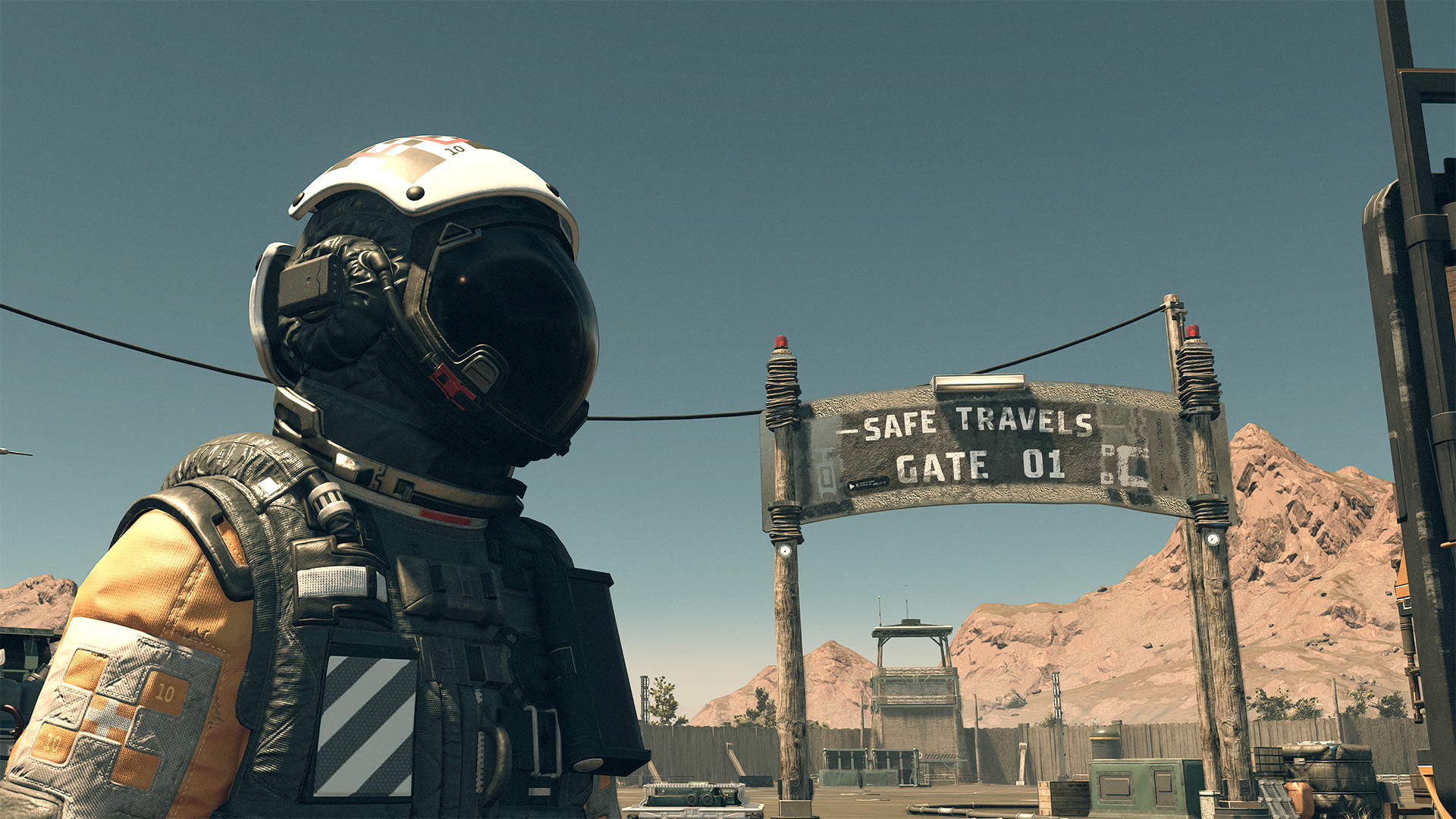The lack of support for Nvidia’s DLSS in Starfield when the game first launched was a bit of a touchy subject. However, it didn’t take long for modders to add it into the game and Bethesda to hint at official support not long after. Well, that time has come, and a beta branch of Starfield brings support for DLSS 3.5, Frame Generation, DLAA, and Reflex—and it’s definitely the best way to play.
It’s an odd scenario, actually, as AMD partnered with Bethesda for the launch of Starfield yet Nvidia’s Frame Generation is the best way to extract top performance. AMD does have a rival frame gen tech in FSR 3, though that’s only available in Forspoken and Immortals of Aveum today. You’d think it would show up in Starfield, too.
Yet we’ve just two options for upscaling in Starfield: DLSS 3.5 and FSR 2.2.
I’ve stuck an RTX 4080 into our test bench to see just how each of these options now stack up, and the results make it pretty clear which option you should go for, providing you have the correct make and model of graphics card.
DLSS 3.5 offers a marked improvement in performance versus native, though importantly also beats out AMD’s FSR 2.2 when I’ve manually set the red team’s upscaler to run at the same render resolution as Nvidia’s Quality, Balanced, and Performance presets (67%, 58%, and 50%).
Importantly, DLSS also looks better at each stage. Images don’t often do upscalers justice, as you need to see each one in motion to capture the key differences between each version, but even in those I’ve snapped below you can see how DLSS does offer a crisper overall image in most regards versus AMD’s alternative.
Above: Both set to 67% render resolution, akin to Quality mode, the FSR and DLSS upscaled images are quite similar. You will find FSR struggles more with thin lines, especially those criss-crossed like you’ll find at the top of these images, but generally they both shape up well.
Below: When you set use a 50% render resolution with both upscalers, it’s a different story. DLSS is clearly more defined and that tracks from both these still images and when you’re actually moving around in-game.
That said, you can’t fault AMD’s FSR due to it being hardware agnostic. It’s also your only option with an AMD graphics card, and I’d still definitely recommend enabling it to improve both average frame rates and all-important 1% lows considerably in-game. That makes for a smoother experience, and if you stick to 58% render resolution or higher, you’ll still enjoy a lovely picture quality.
Nvidia RTX 40-series owners, though, get the added boon of Frame Generation, and that’s a real treat in Starfield. It delivers a frame rate nearly double native at 4K, exceeding DLSS’s Ultra Performance mode, which has a render resolution of just 33%, and still looks absolutely fantastic. It’s even a benefit to minimum frame rates by a considerable margin if you compare it to native or even DLSS Quality mode.
Just make sure you’ve disabled v-sync for Frame Gen to function properly, as Bethesda notes in the patch highlights.
You only need to head to Starfield’s properties in Steam and select the beta branch from the dropdown to access DLSS. Though, be warned, you will need to install an update and save games won’t work in the non-beta version until the patch is live. I’d just make sure your saves are safe if you do try out the beta branch. But it’s worth it for anyone with a more modern Nvidia card, that’s for sure.











